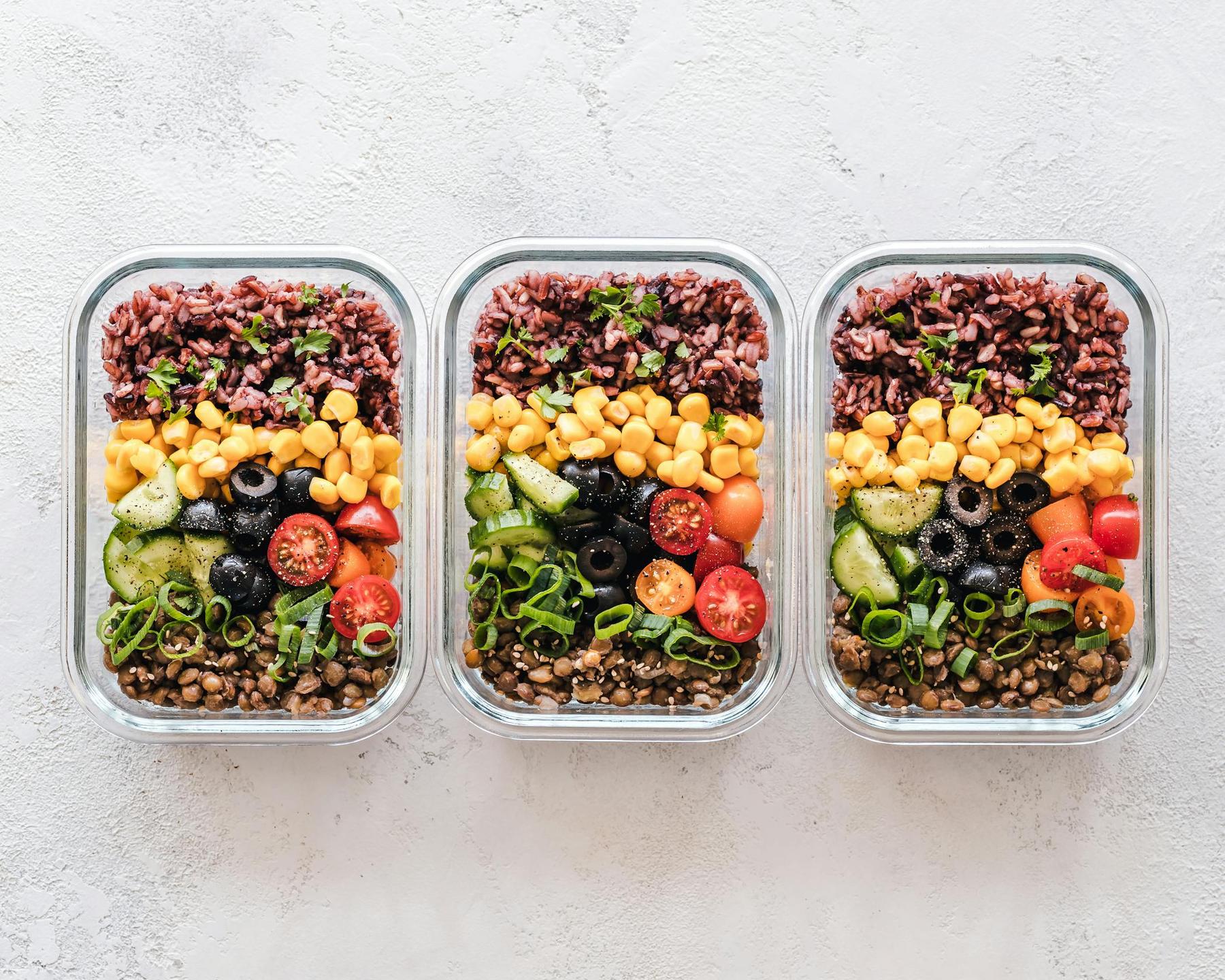High-Intensity Interval Training (HIIT) has revolutionised exercise science with its remarkable efficiency and adaptability. For many Australians struggling to balance fitness goals with busy schedules, HIIT represents an optimal solution—delivering maximum physiological benefits in minimal time. However, the intensity that makes HIIT effective also creates barriers for beginners and special populations who may perceive these workouts as inaccessible or unsafe.
The beauty of HIIT lies in its scalability. Despite its intimidating reputation, properly designed HIIT protocols can accommodate virtually any fitness level, from complete novices to elite athletes. This article presents a comprehensive, evidence-based framework for designing personalised HIIT routines across the fitness spectrum, ensuring safety, effectiveness, and long-term adherence.
What Is HIIT and Why Is It So Effective?
High-Intensity Interval Training alternates short bursts of vigorous activity with periods of rest or lower-intensity exercise. This approach creates a unique metabolic environment that yields superior results compared to traditional steady-state cardio.
The scientific foundation of HIIT rests on its dual-phase stimulus. During high-intensity intervals, the body primarily utilises phosphagen and glycolytic energy pathways, while recovery periods trigger mitochondrial biogenesis through excess post-exercise oxygen consumption (EPOC). This metabolic versatility explains why research shows HIIT produces approximately 36.34% greater fat oxidation compared to moderate-intensity continuous training.
The physiological adaptations from consistent HIIT programming include:
- Enhanced cardiovascular efficiency
- Improved insulin sensitivity
- Increased mitochondrial density
- Superior fat oxidation capacity
- Preserved muscle mass during caloric deficits
Unlike steady-state cardio, HIIT creates a substantial “afterburn effect,” where the body continues to consume oxygen at an elevated rate post-exercise, sustaining caloric expenditure for hours after the workout concludes. This makes HIIT particularly valuable within comprehensive weight management approaches.
How Should Beginners Approach HIIT Training?
For novices, the primary objective is building movement competency and cardiovascular tolerance while minimising injury risk. Beginners should prioritise extended recovery periods and low-impact modifications.
A fundamental principle for beginner HIIT programming is the work-to-rest ratio. Research supports starting with a 1:2 or even 1:3 ratio—meaning rest periods are two to three times longer than work intervals. This approach allows adequate recovery while gradually building exercise capacity.
Essential Components of Beginner HIIT Routines:
- Extended warm-ups: 8-10 minutes of progressive mobility and dynamic preparation exercises
- Low-impact movement selections: Prioritise bodyweight squats, modified push-ups, and controlled stepping patterns
- Conservative interval timing: Begin with 20-30 seconds of work followed by 60-90 seconds of recovery
- Gradual progression: Increase intensity variables (duration, complexity, or resistance) by no more than 10% weekly
A sample beginner HIIT progression over four weeks might include:
Weeks 1-2:
- 30 seconds brisk walking or marching in place
- 60-90 seconds standing recovery
- 8-10 total cycles
- Focus on controlled breathing and proper posture
Weeks 3-4:
- Introduce 30-second intervals of more challenging movements (knee-friendly squat variations, wall push-ups)
- Maintain 60-second recovery periods
- Add resistance bands for upper-body exercises
- Begin reducing rest periods to 60 seconds if tolerated well
Beginners should monitor perceived exertion, aiming for a 6-7 out of 10 intensity during work intervals. This moderate approach builds capacity while preventing excessive soreness and fatigue.
What Makes an Effective Intermediate HIIT Routine?
Intermediate exercisers possess the foundational strength and cardiovascular capacity to handle more complex HIIT protocols. At this stage, programming can shift toward more challenging work-to-rest ratios and incorporate compound movements that engage multiple muscle groups simultaneously.
The hallmark of intermediate HIIT programming is the introduction of the 30-20-10 protocol, which involves:
- 30 seconds at low intensity (40-50% effort)
- 20 seconds at moderate intensity (60-70% effort)
- 10 seconds at near-maximal intensity (80-90% effort)
This undulating intensity approach creates a comprehensive training stimulus while preventing the rapid fatigue that might occur with continuous high-intensity work.
Key Intermediate HIIT Components:
- Compound movement integration: Kettlebell swings, dumbbell thrusters, and mountain climbers maximise muscle recruitment
- Tabata-style intervals: 20 seconds work/10 seconds rest for 8 cycles challenges metabolic capacity
- Work-to-rest manipulation: Progress toward 1:1 or 2:1 work-to-rest ratios as fitness improves
- Circuit-based formats: Alternate between pushing, pulling, and lower-body movements to maintain intensity while managing local muscle fatigue
An intermediate routine might feature:
- 45 seconds of kettlebell swings
- 15 seconds transition
- 45 seconds of alternating reverse lunges
- 15 seconds transition
- 45 seconds of renegade rows
- 60 seconds complete rest
- Repeat for 4-5 total circuits
Monitoring heart rate to ensure intervals reach 70-85% of maximum heart rate is recommended for optimizing cardiovascular benefits.
How Can Advanced Athletes Optimize Their HIIT Programming?
Advanced trainees require sophisticated periodisation and sport-specific protocols. HIIT programming at this level becomes highly individualised, often incorporating power development, sport-specific movement patterns, and precise intensity metrics.
Advanced HIIT protocols manipulate work-to-rest ratios based on training goals:
- Power development: Brief maximal efforts (6-10 seconds) with extended recovery (50-60 seconds)
- Anaerobic capacity: Longer high-intensity intervals (30-45 seconds) with incomplete recovery (30 seconds)
- Metabolic conditioning: Variable-intensity intervals with minimal rest between movements
Advanced HIIT Programming Considerations:
- Periodised intensity: Alternate between power-focused, capacity-building, and recovery-oriented sessions
- Technical complexity: Incorporate Olympic lifting derivatives, plyometrics, and sport-specific movements
- Precise monitoring: Use heart rate variability and performance tracking to adjust intensity
- Concurrent training management: Balance HIIT with other training modalities to avoid overtraining
Example protocols include power phases with clapping push-ups and box jumps, anaerobic capacity phases with full-out rowing sprints and battle rope waves, each tailored to advanced performance metrics.
How Should Special Populations Modify HIIT Workouts?
HIIT’s adaptability extends to special populations such as older adults and individuals with obesity. With appropriate modifications, these groups can safely benefit from HIIT while addressing their unique needs.
Older Adults
- Chair-supported exercises for balance
- Emphasis on range of motion over speed
- Extended warm-up periods (10-15 minutes)
- Pre/post blood pressure monitoring
A geriatric-friendly circuit might include seated knee lifts, wall-assisted partial squats, and resistance band rows with controlled tempos.
Individuals with Obesity
- Joint-friendly exercises with reduced impact
- Water-based intervals like aqua jogging or swimming
- Stationary cycling with controlled sprint intervals
- Seated or low-impact resistance exercises
These modifications maintain metabolic benefits while ensuring a sustainable and safe routine.
What Recovery Strategies Maximize HIIT Benefits?
Recovery is critical for adaptation and injury prevention in HIIT. Effective recovery strategies include:
Inter-Session Recovery:
- Optimising sleep (7-9 hours per night)
- Timely nutrition (protein intake within 30 minutes post-exercise)
- Incorporating active recovery days
- Maintaining hydration through systematic fluid replacement
Intra-Session Recovery:
- Implementing deload weeks every 4-6 weeks
- Monitoring heart rate variability to determine recovery status
- Alternating between different HIIT modalities to prevent overuse
- Structured warm-up and cool-down routines
A summary table of HIIT parameters by fitness level is as follows:
| Fitness Level | Weekly Frequency | Session Duration | Work:Rest Ratio | Intensity (% Max HR) | Recovery Between Sessions |
|---|---|---|---|---|---|
| Beginner | 2-3 sessions | 20-25 minutes | 1:2 or 1:3 | 70-80% | 48-72 hours |
| Intermediate | 3-4 sessions | 30-40 minutes | 1:1 or 1:2 | 75-85% | 24-48 hours |
| Advanced | 4-5 sessions | 40-60 minutes | 2:1 or 1:1 | 80-95% | 24-36 hours |
Optimising HIIT Implementation for Sustainable Results
Sustainable HIIT routines rely on systematic progression and objective monitoring. Key principles include:
- Conducting baseline assessments to gauge cardiovascular capacity and movement competency
- Applying progressive overload by increasing intensity variables gradually
- Monitoring adaptation markers such as resting heart rate and perceived exertion
- Integrating technology like heart rate monitors for precise intensity control
- Prioritising quality of movement to prevent injury
By following these strategies, HIIT can be implemented safely across all fitness levels, maximising benefits while minimising injury risks.
Skip the struggles. Our patients achieve significant weight reduction with state-of-the-art medical weight loss treatments delivered straight to their door.
How many times per week should I perform HIIT workouts?
The optimal frequency depends on fitness level and recovery capacity. Beginners should start with 2 sessions per week with 48-72 hours rest between workouts. Intermediate exercisers may progress to 3-4 sessions weekly with 24-48 hours recovery, while advanced athletes can have 4-5 sessions per week, ensuring they vary intensity to prevent overtraining.
Can HIIT workouts help with weight management?
Yes, HIIT is particularly effective for weight management due to its high metabolic impact. It produces about 36% greater fat oxidation compared to moderate-intensity training, supports lean muscle mass preservation during caloric deficits, and the afterburn effect helps sustain a higher metabolic rate post-workout.
Is HIIT safe for individuals with pre-existing conditions?
While HIIT offers many benefits, those with pre-existing conditions should consult healthcare professionals before starting. Many individuals, such as cardiac rehabilitation patients or those with controlled conditions, can perform modified HIIT under supervision with an emphasis on individualised intensity and careful progression.
How long should a HIIT session last for maximum effectiveness?
HIIT session lengths can vary from 10 to 60 minutes depending on the protocol. Shorter sessions using formats like Tabata (20 seconds work, 10 seconds rest) can be very effective, while most individuals find that a 20-40 minute session (including warm-up and cool-down) provides an optimal balance of intensity and endurance.
How should I monitor my HIIT intensity to ensure optimal results?
Monitoring can be achieved using both objective and subjective measures. Heart rate monitors help ensure you hit the target zones (70-80% max HR for beginners, 75-85% for intermediates, and 80-95% for advanced athletes). Additionally, using Rate of Perceived Exertion (RPE) alongside tracking performance metrics can help ensure you maintain appropriate intensity without overtraining.



